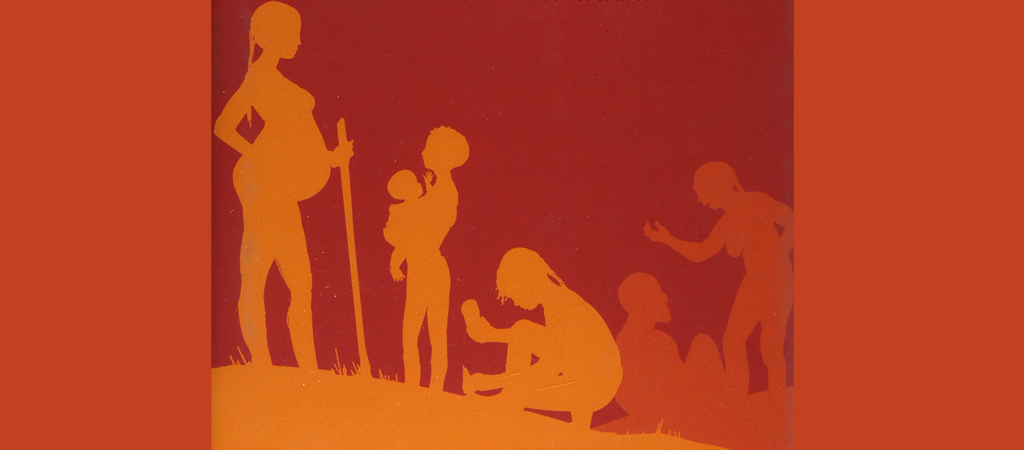On his website,
Pete Richerson introduces himself by stating, “My main passion is cultural evolution.” It’s not only his personal passion — along with frequent collaborator
Robert Boyd, he’s one of the
pioneers in the field. Together, Richerson and Boyd developed the theory of gene-culture coevolution, also called dual inheritance theory. Understanding cultural evolution is central to understanding how the noosphere works. One of the books they wrote together was Not By Genes Alone.
The following conversation, however, is centered around a more recent book Pete co-authored with
Lesley Newson, a former science writer and BBC presenter, now a PhD. psychologist. Lesley and Pete are married as well. Their book is titled
A Story of Us: A New Look at Human Evolution.
Cultural evolution and noospheric evolution are essentially synonymous ideas. For that reason, cultural evolution in all of its manifestations is one of Science of the Noosphere’s central themes. Cultural evolution enters into all of our featured conversations in various ways — though here it takes center stage. In his description of the Noosphere’s origins, Teilhard explains the importance of not only individual self-reflection, but of individuals united in groups:
“It is generally accepted that what distinguishes man psychologically from other living creatures is the power acquired by his consciousness of turning in upon itself. The animal knows, it has been said; but only man, among animals, knows that he knows. This faculty has given birth to a host of new attributes in men—freedom of choice, foresight, the ability to plan and to construct, and many others. So much is clear to everyone. But what has perhaps not been sufficiently noted is that, still by virtue of this power of Reflection, living hominized elements become capable (indeed are under an irresistible compulsion) of drawing close to one another, of communicating, finally of uniting.”
Thus the noosphere was a cultural phenomenon from its birth, manifested in highly cooperative groups with coordinated division of labor. The ape groups from whom humans descended were far more contentious and quarrelsome. What were the evolutionary influences that exerted the “irresistible compulsion” that caused early humans to draw close to one another, to communicate and unite?
In their book, Lesley and Pete explain how one strong evolutionary influence was ecological change. The savannas that replaced the rainforests of our ape ancestors presented novel, complex survival challenges. One was finding reliable sources of drinking water, especially for nursing mothers. They describe how this led to cooperative child-rearing, one factor that increased interdependence and bound early humans together as groups. In our conversation, Lesley explained how it may have evolved:
“As soon as this baby latches onto your nipple, you’re pouring liquid into that creature, and losing it from your own body. You can’t do that in the middle of a desert, unless you’ve got somebody or some source of water handy. I kept obsessing about that, because how could you just move out into the dry heterogeneous savanna, if you didn’t have some way of dealing with that… Women could not travel more than half a kilometer away from a river with their baby. They had to leave their baby. So, human babies, you can’t just tuck them into little holes, like you can with some babies, they’re really active little things. So the best way to do it is to leave it with another mother. And maybe your sister, maybe your own mother, maybe an aunt. And that, I think, is a reasonable story we can tell about what happened with the move into the savanna.”
The following conversation is filled with an abundance of insights into the noosphere’s formation, as well as how its earlier evolution may be influencing cultural practices today. Lesley and Pete discuss our ancestors adaptations to these ever-changing social and ecological challenges with
Science of the Noosphere’s David Sloan Wilson.
